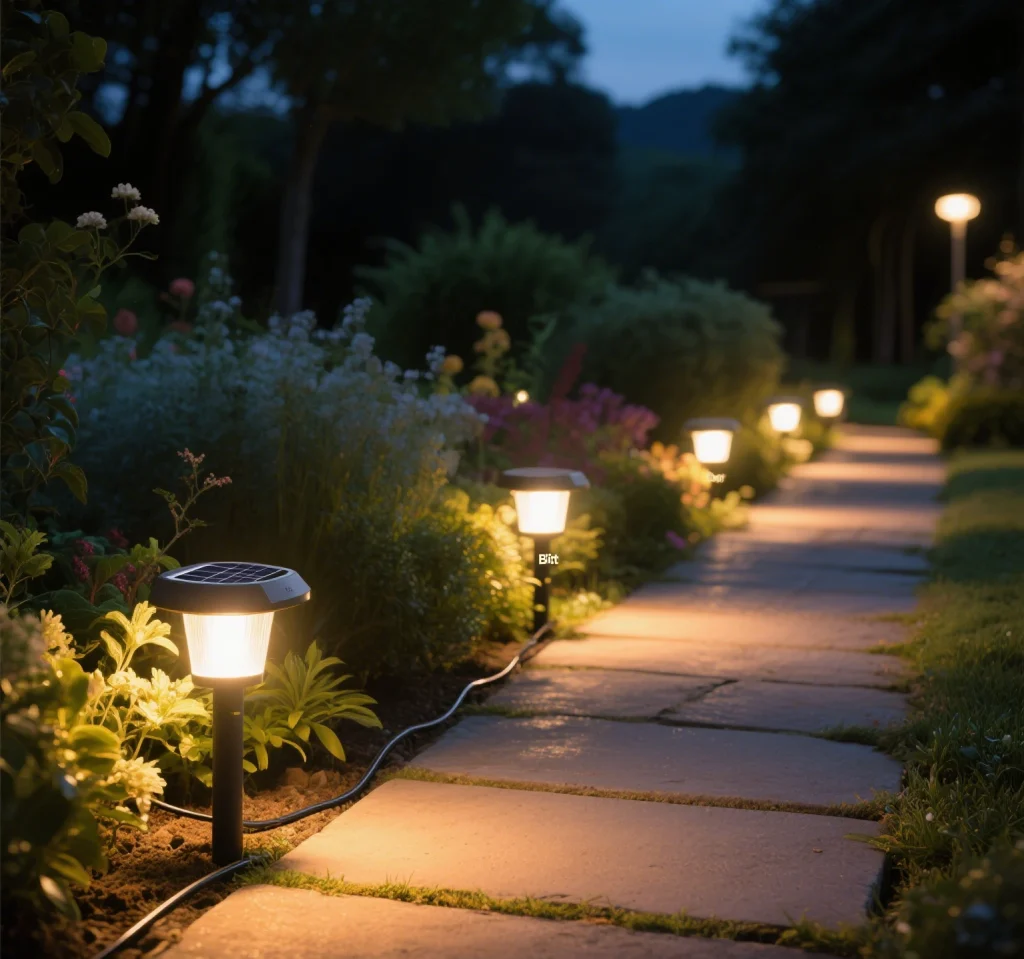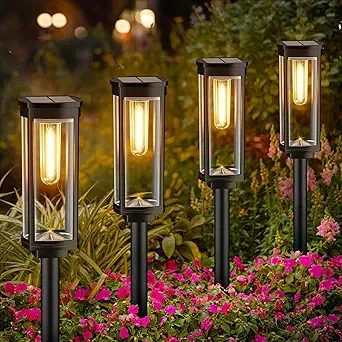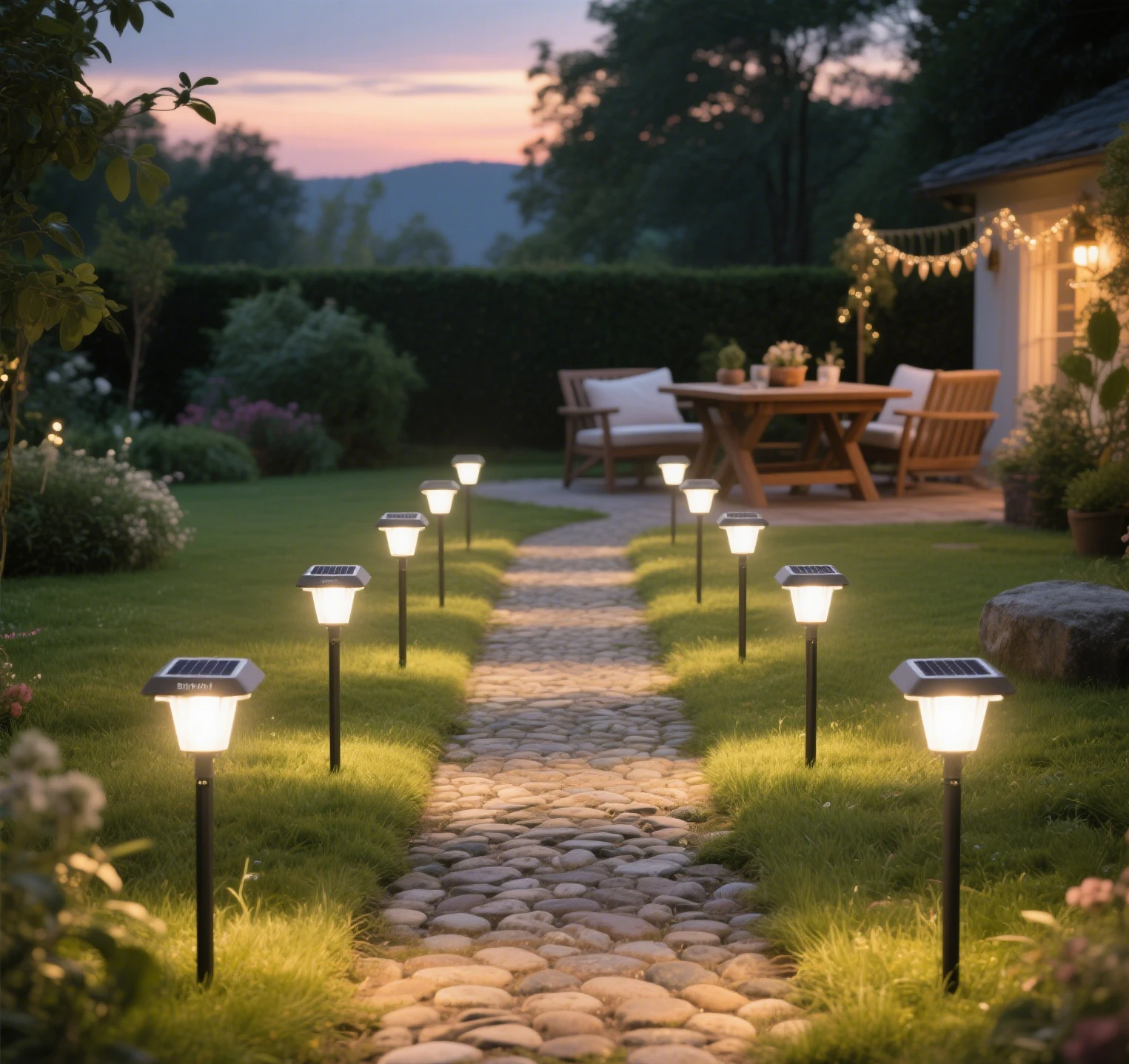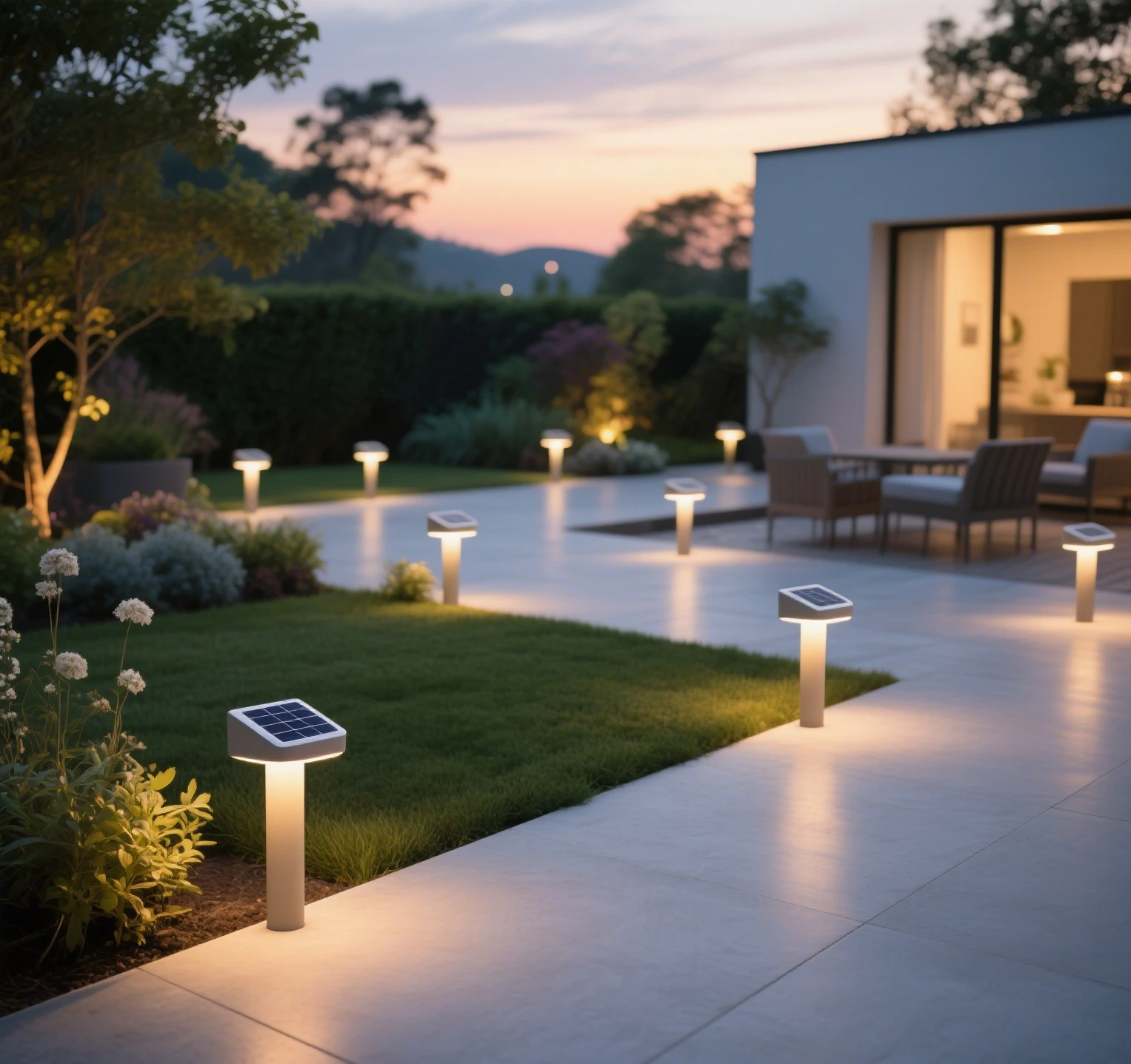When selecting solar street lights, bitpott emphasizes that users should consider more than just the light source wattage or pole height. A variety of factors play a critical role in ensuring optimal illumination duration and longevity. These factors not only influence the lighting performance but also determine the adaptability of solar street lights in diverse environments. This article explores the key elements affecting solar street light performance and provides guidance for making informed purchasing decisions.

Impact of Geographic Location and Sunlight Conditions
The illumination duration of solar street lights heavily relies on the energy absorbed by solar panels, which is directly tied to the sunlight duration and intensity in the area of use. In northern regions with ample sunlight, solar panels can efficiently convert light into electricity, supporting extended lighting hours. Conversely, southern regions often experience more rainfall and cloudy days, resulting in shorter sunlight exposure and reduced energy absorption, which may limit illumination time. Therefore, when choosing solar street lights, users should select appropriate panel capacities and energy storage systems based on local sunlight accumulation to ensure consistent lighting performance.
Resilience to Continuous Rainy Days
Continuous rainy days pose a significant challenge to solar street light performance. During overcast or rainy weather, solar panels’ energy conversion efficiency drops significantly, limiting the energy stored in batteries. In areas prone to extended rainy periods, the configuration of solar street lights must account for enhanced resilience to such conditions. High-quality solar street lights should feature robust energy storage systems capable of sustaining normal operation during multiple consecutive rainy days. For instance, advanced storage systems can support all-night illumination for over 10 rainy days and perform reliably in extreme low-temperature environments. Users should prioritize products rigorously tested for harsh weather conditions.
Critical Role of Energy Storage Systems and Battery Performance
The energy storage system is a cornerstone of solar street light longevity and illumination efficiency. High-efficiency lithium battery systems can charge quickly under limited sunlight and deliver stable power output. Compared to traditional lead-acid batteries, lithium batteries offer longer lifespans, higher charge-discharge efficiency, and superior performance in low temperatures. This ensures consistent lighting even in cold regions or adverse weather. Additionally, intelligent energy management systems optimize power distribution, extending battery life and reducing maintenance costs.
Optimization of Fixture Design and Heat Dissipation
Beyond the energy storage system, the quality and design of the light fixture significantly impact the lifespan of solar street lights. High-quality LED light sources provide greater luminous efficiency and lower energy consumption, enabling brighter illumination with less power. Moreover, the heat dissipation design of the fixture directly affects the longevity of both the light source and the battery. Effective heat dissipation systems reduce operating temperatures, slowing the aging process of components and extending the overall lifespan of the street light. Users should focus on the fixture’s material and thermal management when making a selection.

Enhanced User Experience Through Smart Technology
With advancements in IoT technology, smart solar street lights are becoming increasingly popular. These systems use sensors and controllers to adjust brightness based on ambient light or pedestrian traffic, optimizing energy use. For example, lights can dim during low-traffic hours to conserve power and brighten during peak times for maximum visibility. Such intelligent energy management extends illumination duration and improves overall efficiency. Additionally, IoT-enabled remote monitoring and diagnostics simplify maintenance and ensure timely issue resolution.
How to Choose the Right Solar Street Light?
When selecting solar street lights, users should evaluate local climate conditions, sunlight duration, and specific use cases. For instance, urban road lighting demands higher brightness and reliability, while rural or courtyard lighting may prioritize energy efficiency and durability. Choosing a reputable brand and certified products is essential. bitpott is committed to delivering high-efficiency, durable solar lighting solutions, with products rigorously tested to perform reliably in challenging environments, ensuring long-lasting illumination for users.







Leave a Reply